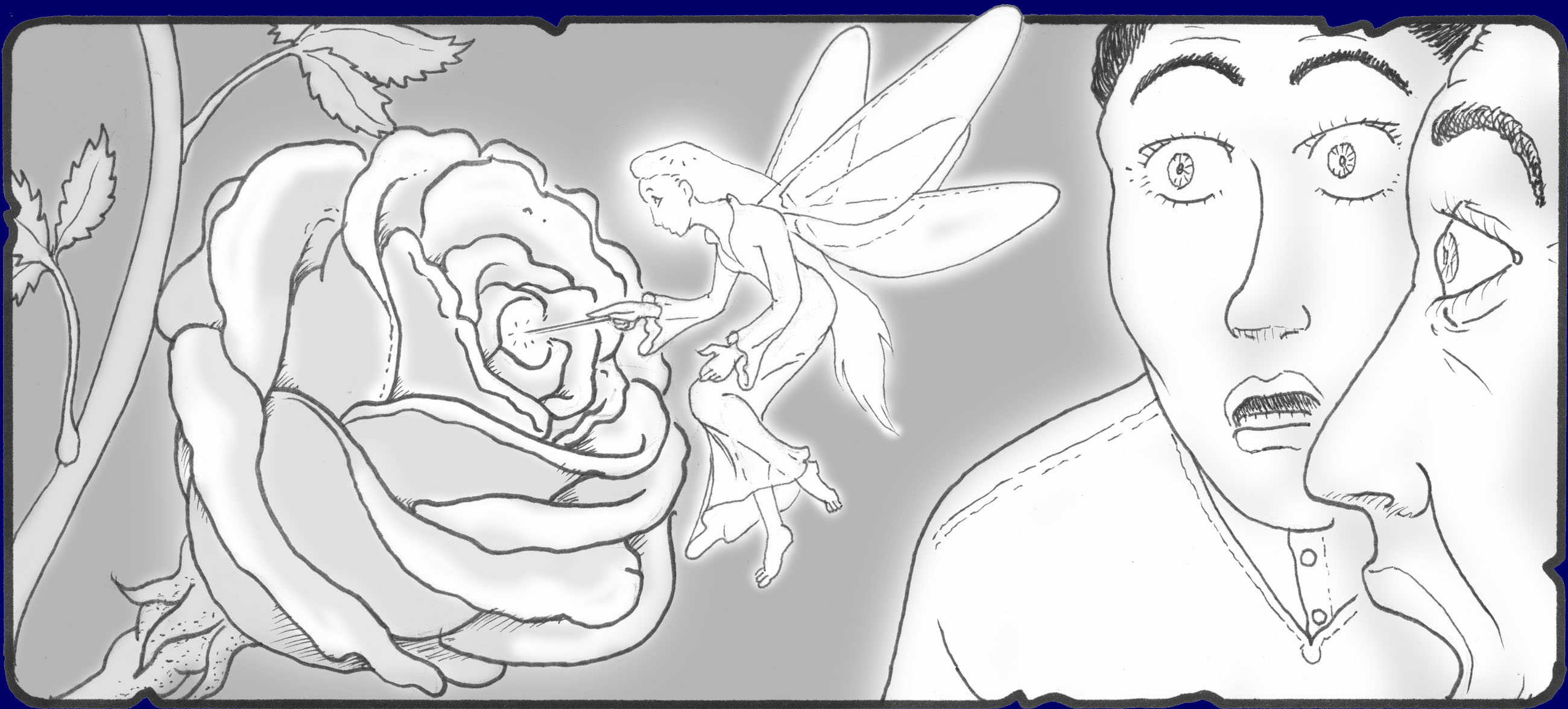| MH&T is supported by its Patrons! Monsters Here & There and its sister site Anomalies are supported by my Patrons, people like you. Part of how I thank them is to present articles that only they get to see, and this is one of them. The full article is available at the Patreon website. You can become a Patron by making a recurring pledge of just $1 a month! All Patrons get early access to all new articles for both websites as well as, of course, exclusive articles and other extras! So help me explore the world of creepy and cool creatures, while giving yourself access to even more great stories! Learn More about Becoming a Patron at Patreon | 
